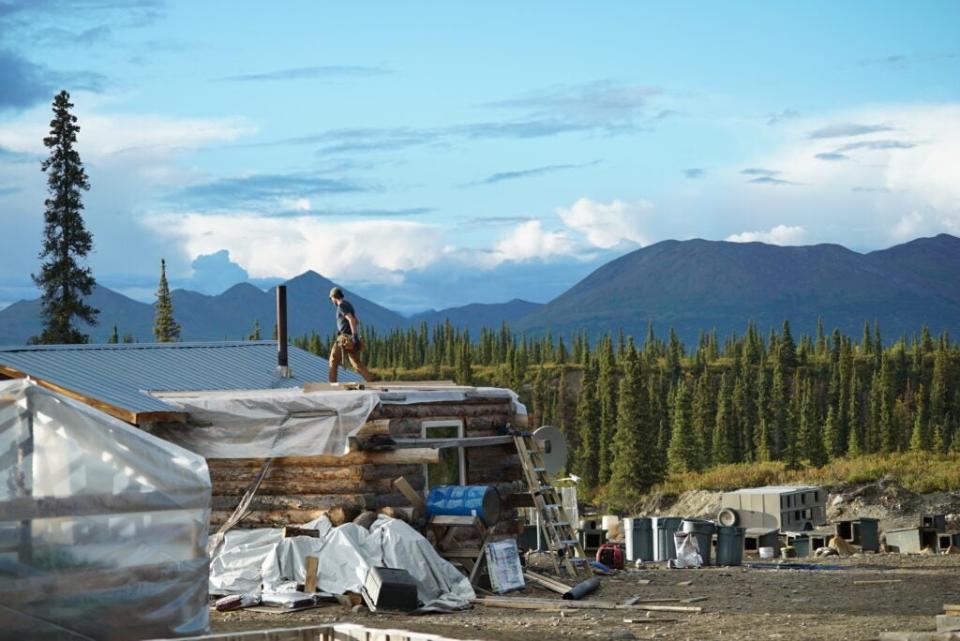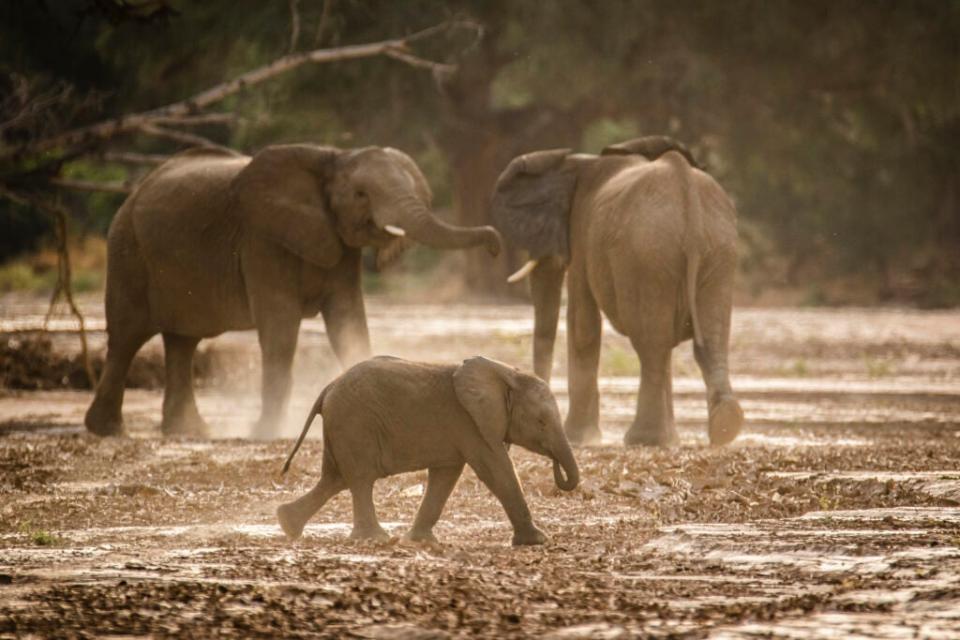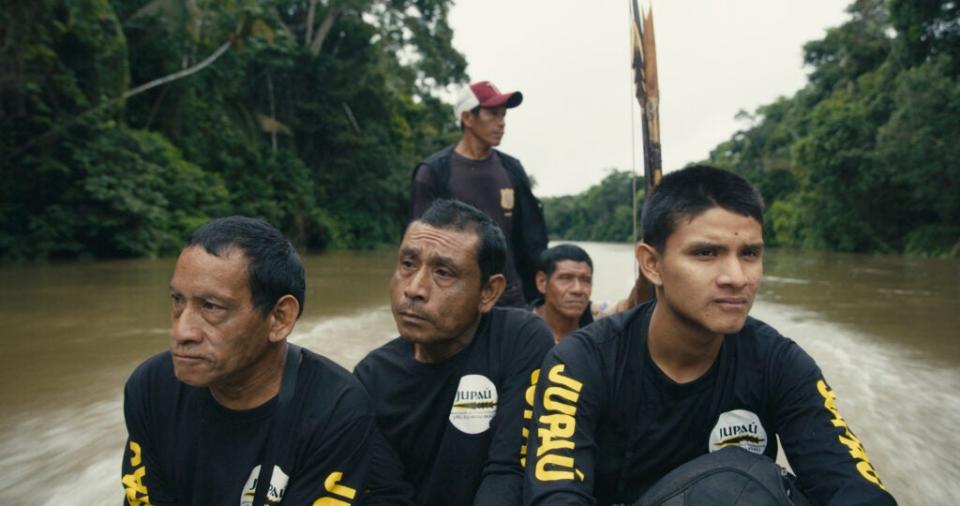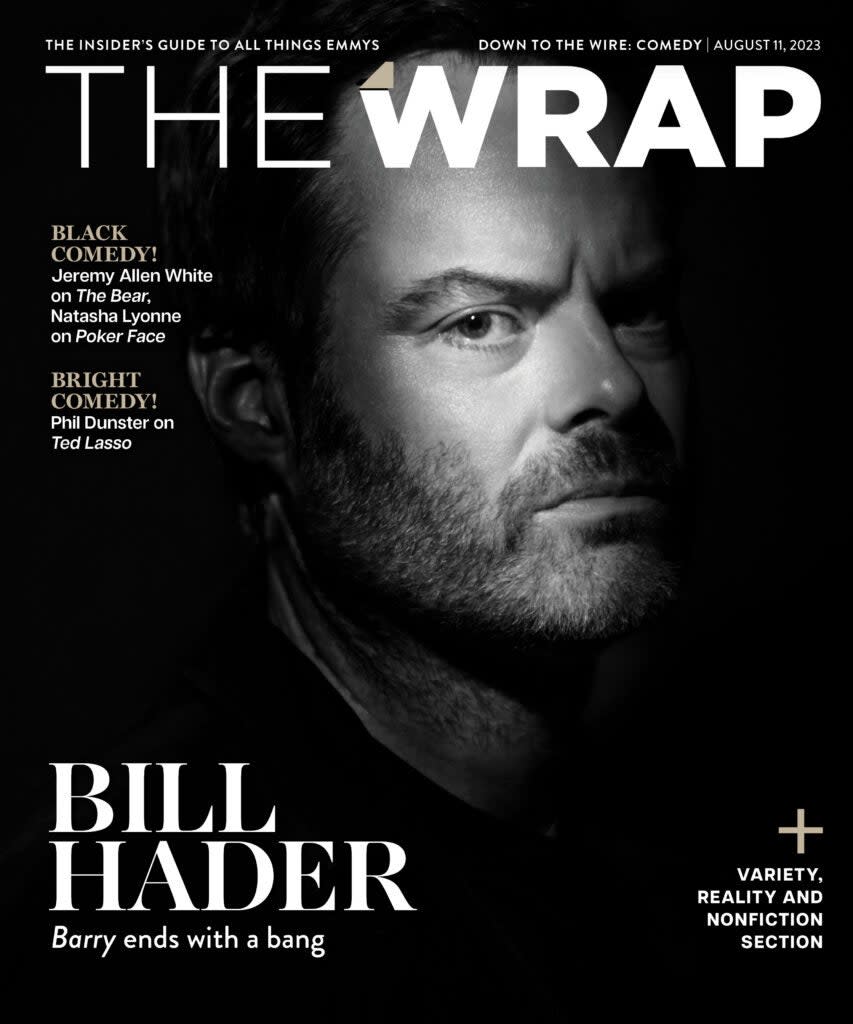‘Life Below Zero,’ ‘Secrets of the Elephants’ and ‘The Territory’ DPs Keep National Geographic Dominating the Emmys
A version of this story about the Emmy-nominated cinematographers of National Geographic first appeared in the Down to the Wire: Comedy/Variety/Reality/Nonfiction issue of TheWrap’s awards magazine.
The Emmy nominations always have their fair share of eyebrow-raisers, but there’s one company you can always count on for a bevy of nonfiction notices: National Geographic. The nature-forward brand earned eight Primetime Emmy nominations this year (and is a dominant force in the News and Documentary Emmys, winning eight last year alone). It’s also unstoppable in the cinematography categories, with nine nominations and three wins in the last eight years in Outstanding Cinematography for a Nonfiction Program and nine straight nominations and five straight wins for “Life Below Zero” in Outstanding Cinematography in a Reality Program.
Nat Geo has three more cinematography nominees this year, so we talked to their directors of photography about their approach to their subjects, whether the shows are set in the desert, the rainforest or the bitter chill of Alaska.

“Life Below Zero“
The runaway Nat Geo hit just wrapped its 20th season and its 230th episode. Cinematographer Danny Day has been along for the ride for about 90% of that time, layering clothing to shield himself and his colleagues from the wind chills of -50 degrees Fahrenheit as they follow subsistence workers of various ages in the remotest parts of Alaska. He has won Emmys for the last five years running and six times in seven years for his efforts.
“We will usually go out to one cast member’s location at a time and yield about three stories, and that’ll take us anywhere from two to three weeks,” said Day, who utilizes GoPros and sophisticated drone photography to capture the panoramic day-to-day lives of the “Zero” subjects, including tough-talking Sue, the Hailstone family who possess deep ties to the land and fan-favorite Ricko, a Native Alaskan who lives in his family’s remote cabin.
And unlike most crews of reality-based TV in sunny environs, Day and his teams don’t exactly go home to a room at the Hilton every night. “Most of the time we’re camping in tents close to the cast,” Day said, noting that depending on the time of year, it can be light out 24 hours of the day. But one of the biggest challenges is obviously staying warm and keeping your equipment warm, something that requires the crew to keep body mics and gear as close to their body (and its heat) as possible. “The weakest link I found has always been your hands,” he said. “You can’t wear super-thick gloves or mittens because you can’t get to all the controls on your camera.”
But one of the ultimate perils is the unpredictable wildlife: Any sane viewer surely experiences tension when watching moose and bears so close to the filmmakers, and Day shares that fear. “The grizzlies are the most concerning,” he said. But this longtime “Zero” lenser is still optimistic that he’ll encounter one of nature’s most majestic creatures off land. “On the last trip, some cast members were talking about seeing whales. That would be something on my bucket list. I’m still keeping an eye out for them.”

“Secrets of the Elephants“
Speaking of whales, the success of the network’s “Secrets of the Whales” led to a similar four-part series on elephants, this time swapping Sigourney Weaver for Natalie Portman as narrator. Cinematographer Toby Strong, an Emmy winner for his work on BBC’s “Human Planet,” and his team have been recognized for the alternately harrowing and uplifting sojourn through forests and deserts.
“I storyboarded ideas before we started,” said Strong, who has logged about 25 years working with the trunked wonders. “But until you get there, you just don’t know. We didn’t know we’d get an elephant birth; we didn’t know we’d have flash floods. So there’s a lot of faith in nature.”
According to Strong, the trick to working with wildlife is patience and a nonaggressive stance. “Elephants are so intelligent, and if they’re going to do something, it’s for a reason,” he said. “So it’s about being deeply respectful. If there’s a mum with its child, you’re not going to go in there. That’s why making wildlife films takes so long. You’ve got to develop the relationship with your subjects, putting in weeks and months to get to that place where you’re part of the landscape. That’s hard-fought and hard-won.”
The effects of climate change have, of course, changed the patterns of the subjects, but elephants, like humans, have astounding methods of adaption to rough environs, even maneuvering, Indiana Jones-style, down sand dunes.
“There’s not a place we go on Earth where we don’t see the effects of climate change. It rains harder, it’s drier, it’s wetter. It’s desperately sad,” says Strong, noting that the work he and his contemporaries do really does make an impact. “I worked on a special called ‘Warlords of Ivory’ for ‘Explorer’ for NatGeo, and President Obama watched it and it helped change policy on the trafficking of ivory. So that felt really nice to work on something that helped. Showing people the beauty and majesty of nature is really cool, because we don’t care about something unless we love it.”

“The Territory”
Filmmaker Alex Pritz (“The First Wave”), an Emmy- and Peabody-winning NYC documentarian represented in three different Emmy categories this year (the others are for nonfiction directing and exceptional merit in documentary filmmaking) found himself drawn to the unique story of the Amazonian Uru-Eu-Wau-Wau tribe, a population decimated over time from thousands to hundreds. “The Territory” chronicles their fervent activism to retain a stronghold on their land against farmers and colonizers bolstered by recent political rhetoric which turns a blind eye to these invasions.
“The basic social contract that we had with the people we worked with was, ‘We’re going to let you speak for yourself,’” Pritz said, noting the film’s lack of narration and unhurried peek at all sides of this harsh dilemma. But the most surprising aspect of “The Territory” is that Pritz shared cinematographic duties with the unlikeliest of individuals, Tangãi Uru-Eu-Wau-Wau, a Native teacher who emerged as a local hero after Pritz helped him learn cinematography. Without a film school or cinema for many, many miles, he captured the ongoing activism (via the tireless Neidinha Bandeira) as well as the horrors of arson and, in one brutal case, the aftermath of a murder of a tribal leader that remains unsolved.
“As soon as I saw the way that Tangãi was shooting — those invasions and the monitoring missions, which I had shot similarly myself — his was just point-blank better than mine,” Pritz said. “There was an immediacy to the footage. It was urgent.”
For Tangãi, contributing to the doc was also a way to help his tribe. “We were feeling defenseless and feeling unsafe living in our own homes,” he said through an interpreter. “And the role of National Geographic was very important because through it, we were able to disseminate our way of living. It was through them that we were able to show the rest of the world our story so that other people can know about our history and reality. It helped neutralize the situation.”
National Geographic acquired “The Territory” (which counts Darren Aronofsky as a producer) after its 2022 Sundance Film Festival, where it won prizes and generated lots of buzz. But the story it tells in a modest 86 minutes is far from settled, and the filmmakers want it to spark an interest in documentary and other cinema in underserved regions.
“I would like us to create our own films so that they can be screened to our youth at school,” Tangãi said. “There are many stories that our ancestors told us that would also be very interesting for educational purposes. I would also like the films to be subtitled or even narrated by Indigenous peoples in our own languages, so that even our elders can hear the stories that they have been telling us.”
Read more from the Down to the Wire: Comedy/Variety/Reality/Nonfiction issue here.

The post ‘Life Below Zero,’ ‘Secrets of the Elephants’ and ‘The Territory’ DPs Keep National Geographic Dominating the Emmys appeared first on TheWrap.


